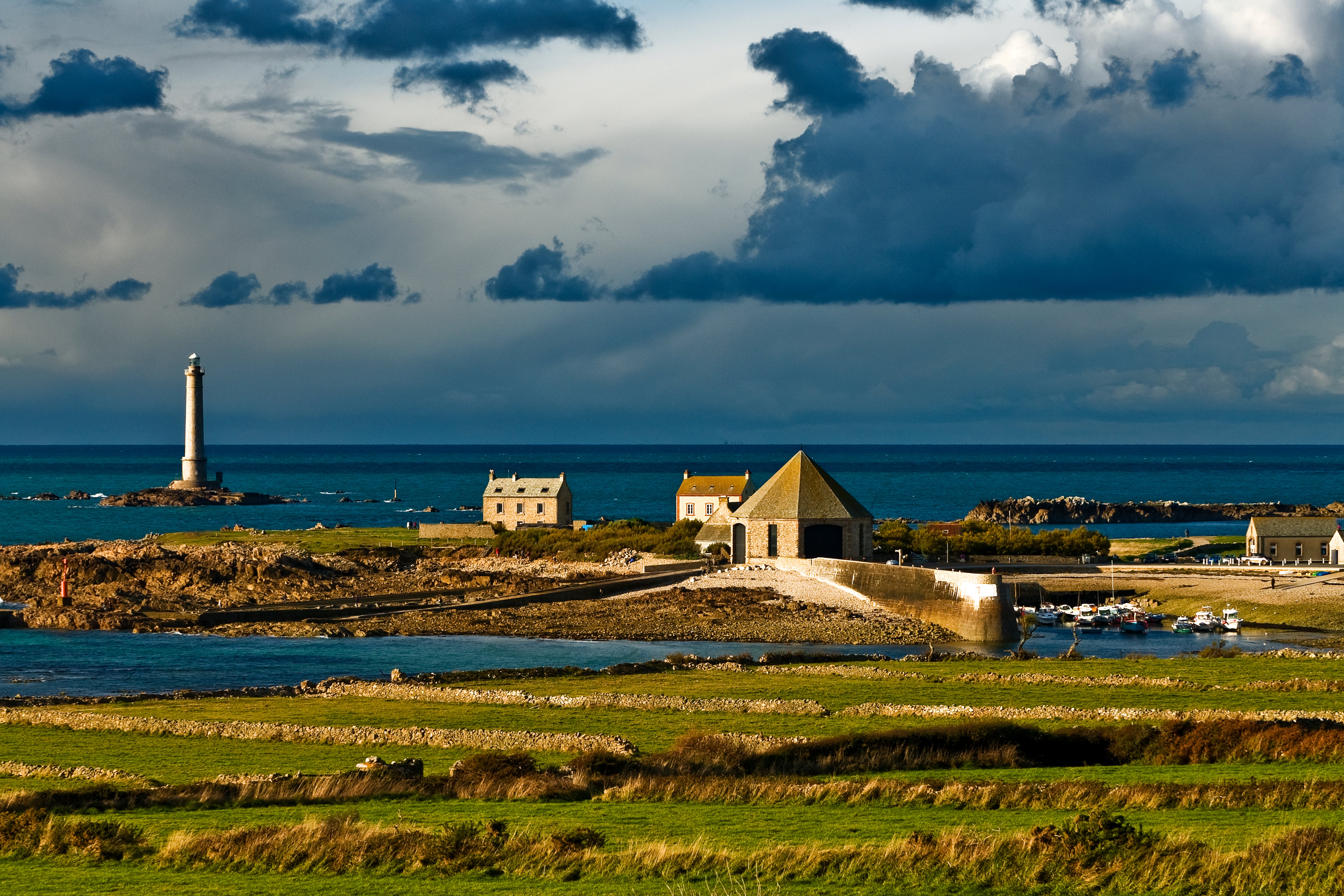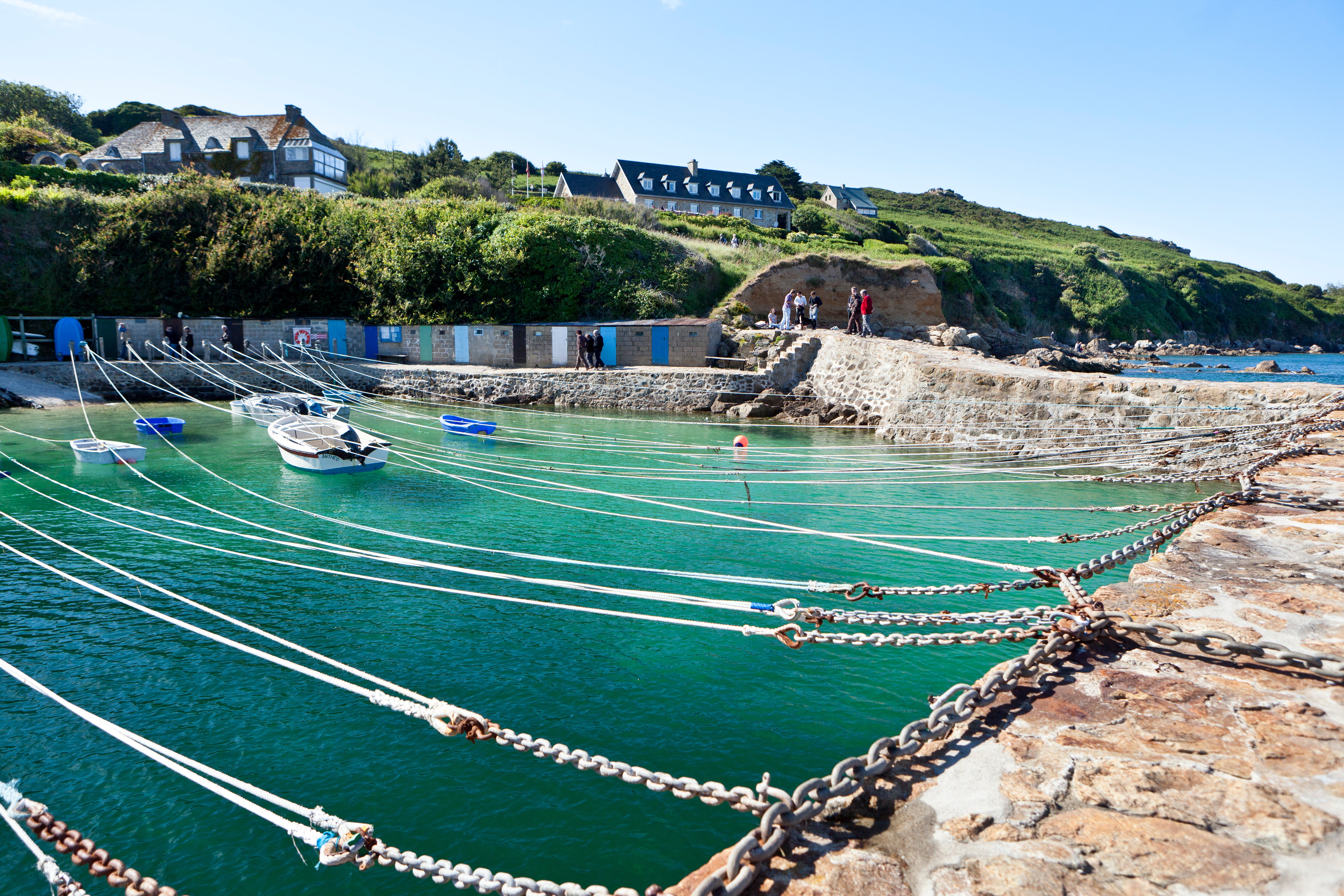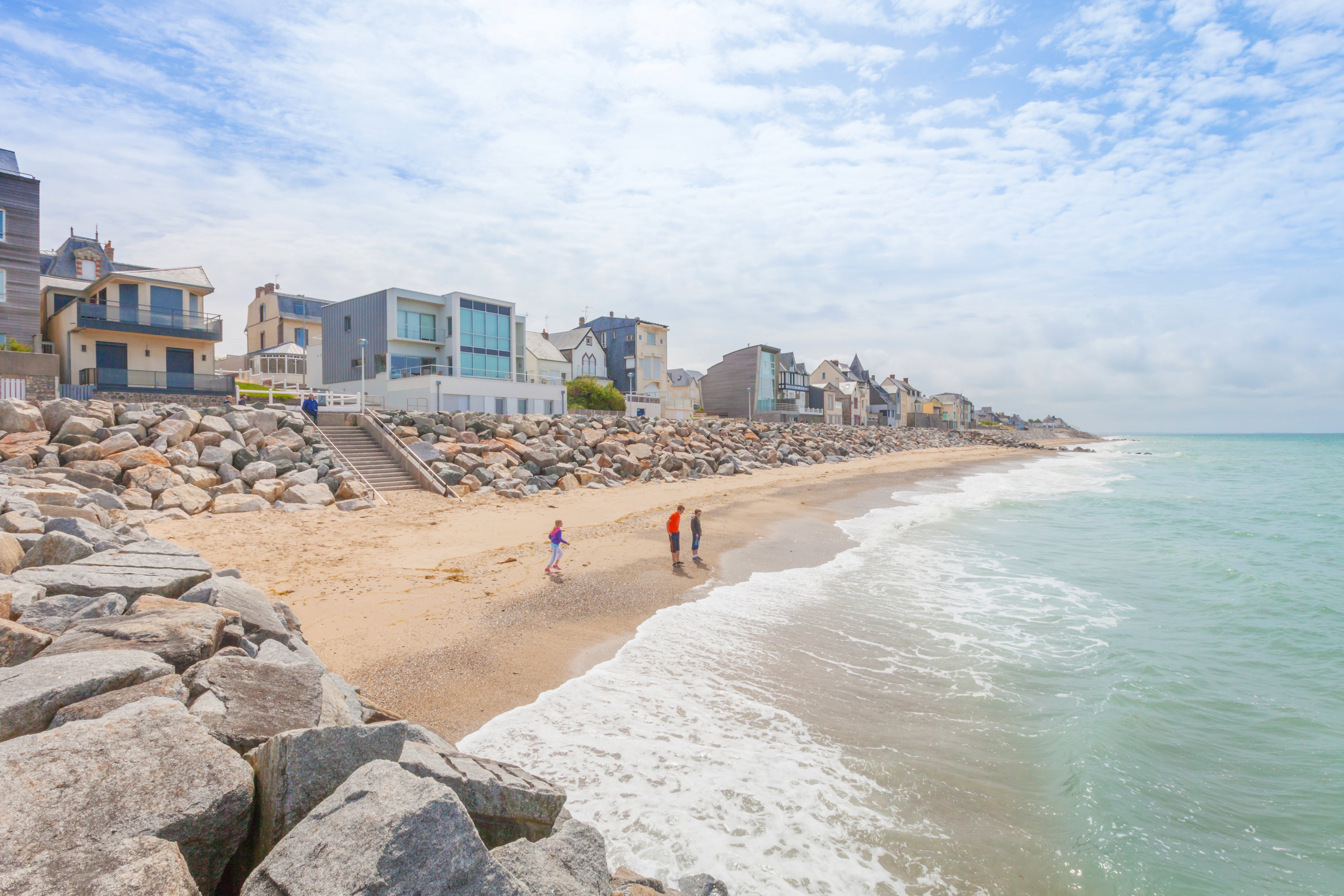
When we couldn’t travel, I – like many others – had a happy place; a past trip that my mind would escape to when the restrictions of Covid threatened to bind me up in chains of anxiety or floor me with a killer dose of monotony.
Of all the places I’ve travelled over the years, the one my mind chose to visit during those exiled times surprised me. It wasn’t my honeymoon, sun-baked sands, a trip with tiny kids, a far-flung continent or a summit conquered. No, it was a mini break in La Manche – that often overlooked outpost of Normandy in France, on the top of which Cherbourg sits. A land which is unusual, surprising, beautiful, ever-changing and a bit wild.
I still can’t quite fathom why it left more of a mark on me than anywhere else but, suffice to say, it’s going to be the first place I visit this summer to rediscover its magic. Let me see if I can cast its spell on you too with a trip through those vivid and beguiling memories that helped sustain me through Covid times…

My journey started in Granville; the first of four “villes” I would visit as I made my way north along the coast, it’s a seaside town 20km north of Month St Michel. I arrived at high tide, the energetic sea splashing the walls that line the wet dock, the Port de Plaisance, the old town and prom.
I set off along the walls to walk off the fresh catch and glass of white wine I’d scoffed and quaffed in a canvas-fronted La Cabestan fish restaurant on the Rue du Port, marvelling at the schoolkids in their PE-with-a-difference compulsory sailing lessons. I ogled the ancient three-sailed Marite schooner, which takes visitors to and from the remote Chausey islands 15km out to sea (my guide was off there for a big family party the next long weekend, taking over Hotel du Fort et des iles, the only hotel on the island for celebrations. She made it sound so magical, I think I’d have paid any amount money to go with her had she offered to take me).
By the time I’d carried on over the rocky promontory, zigzagged through the old town back to the sea and visited Christian Dior’s cliffside childhood house, Granville had performed a startling volte face. The lapping waves had retreated to reveal locals fishing on foot in the sea bed, sandy beaches, whooping bathers, and three tidal swimming pools complete with diving blocks and lifeguard (was he a merman? I’m still not sure).
This is La Manche, a mythical land with ancient traditions and the fastest and highest tides in Europe
This is La Manche, a mythical land with ancient traditions and the fastest and highest tides in Europe. “Ca depend les marees” chant the locals, when asked almost any question, be it about sailing timetables, deathly currents, the taste of salt marsh lamb, the number of Chausey islands (350 at low tide and just 50 at high)… Its landscapes and the activities of those who live there are utterly transformed twice daily by the coming and going of the water.
I left Granville, blowing north but never straying far from the coast. Driving in a golden maze of crop fields, I stopped in Havre de la Vanlee, amid miles of low-level fields behind the dune line, to wave at the aforementioned Agneaux de Pre-Sale (salt meadow lambs) before moving on to Regneville Sur Mer, which has that end-of-the-world feel you get in deserts and the ghost towns of Arizona.
The charm of a forgotten town is, ironically, unforgettable; Regneville’s medieval castle, which used to border the sea, now sits a kilometre or two inland. Its beached boats seem to have been dotting the fields for decades, calling in vain to the sea to return; its disused railway station has been turned into a café and brocante. And here in this windy, dusty land sits Marie-Josee Melin’s fabric shop – a spot that rivals the haberdashery in any chi-chi Parisian department store.

Leaving the enchanting Regneville behind, I parked up in the sugary-sweet seaside town of Agon Countainville. The wind blew my fringe on to the candy lollipop I’d just bought in La Sucette Chaude, a local confectionery institution, as I sat on the beach. I prised my blonde lock off the rainbow shine only for it to be buffeted again, its new-found stickiness gluing it to my forehead. Seaside resorts like these may be chic – but sometimes the same can’t be said for their visitors.
By this point in my road trip, I’d loved all the places I’d seen – not forgetting Gouville Sur Mer, which was my next stop up, a duney haven of bright beach huts and not much else – but the best was yet to come.
Enter beautiful Barneville-Carteret.
The beach huts at Barneville-Carteret are the best I’ve ever seen – and that’s even taking into account the ones on Plage des Dames on the island of Noirmoutier. They’re cutesy and individual and at the end of the beach they trail up from the sand, perched here and there just off steps that lead you up to the coast path. Beach huts on a hill! Who knew?!
I ran the path north for a while at sunset and then paddled back barefoot on the beach, sock-stuffed trainers dangling over my shoulders
I ran the path north for a while at sunset and then paddled back barefoot on the beach, sock-stuffed trainers dangling over my shoulders. An idyllic beach, a great coast path for walking, belle-epoque villas and a wonderful hotel/restaurant named Hotel Les Ormes: I was in heaven.
And then everything changed. I’d gone from Arizona to the sun-soaked sand of… I don’t know, let’s say California – and suddenly I was in the wild wild west.
The headland on the northern tip of La Manche is home to the Nez de Jobourg, terrifying cliffs where you need more than a zipped-up cagoul and stout boots to stay safe. I staggered precariously along the cliff path for as long as I could muster the bravery and energy, looking at walkers coming towards me through narrowed eyes as their existence forced me to tread slightly closer to the 128m drop on my left.

Memories of beach huts seemed a naive folly as I drove down the country lanes to Goury, nicknamed La Petite Irelande, where the grey stone houses lie low, clinging on for dear life against ferocious gales, and where the sea’s current exerts a terrific pull. In this narrow stretch between France and the Channel Islands, the sea has the strongest currents in continental Europe and can only safely be navigated for about an hour each day.
At Goury, I visited the volunteer-run rescue station, and read the names of all those rescued inscribed around its circular walls. I got back in the car and found refuge of the gastronomic kind in the form of Cafe du Port in Ommonville en Rogue, before ending my trip at Port Racine, France’s smallest – but picturesque – port. It was built on orders from Napoleon, who wanted somewhere hidden but advantageous for spotting advancing Anglais.
La Manche is a region with many surprises in its landscapes, history and gastronomy, but it’s more than that. Yes, it’s the sailing capital of France and a mecca for coquilles, and its high tides mean the coastline quickly changes from white sandy beaches to rugged cliffs and isolated islands. But that still somehow doesn’t do it justice. My advice? Dive in and experience it for yourself. The memories might just sustain you should we ever be plunged into lockdown again.







